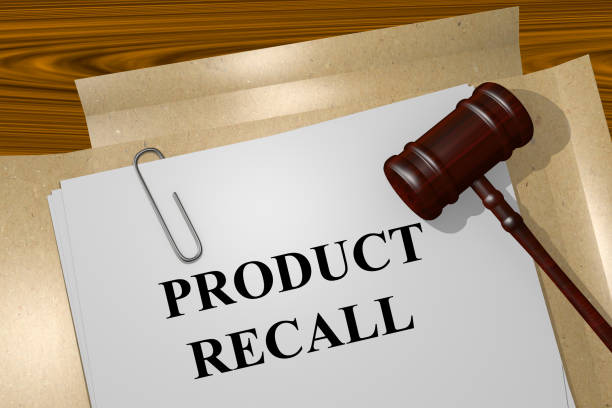In today’s digital age, having an online presence is essential for businesses to thrive. However, merely attracting clicks to your website is not enough; the ultimate goal is to convert those clicks into sales. Mastering the art of selling online requires a strategic approach that encompasses various techniques to optimize conversion rates. From optimizing your website for user experience to leveraging content marketing and social media, there are numerous strategies that businesses can employ to enhance their online selling capabilities.
Introduction
Before delving into the intricacies of converting clicks into sales, it’s crucial to understand the concepts of clicks and conversions. Clicks refer to the actions taken by users when they interact with your website or online advertisements, such as clicking on a link or a product image. On the other hand, conversions occur when those clicks result in desired actions, such as making a purchase or signing up for a newsletter. In the context of online selling, conversions are the ultimate measure of success, indicating that a visitor has been successfully chastity cage persuaded to take the desired action.
Understanding the Sales Funnel
The sales funnel represents the journey that a potential customer takes from the initial awareness of a product or service to making a purchase and becoming a loyal customer. It consists of four stages:
- Awareness Stage: At this stage, customers become aware of your brand or product through various marketing channels such as social media, search engines, or word-of-mouth.
- Consideration Stage: Once aware, customers start considering your product or service as a potential solution to their needs or problems. They may research more about your offerings and compare them with competitors.
- Conversion Stage: In this stage, customers make the decision to purchase your product or service, resulting in a conversion. It is essential to make this process as seamless and frictionless as possible to encourage conversions.
- Retention Stage: After making a purchase, it’s important to nurture the customer relationship to encourage repeat purchases and foster brand loyalty.
Optimizing Your Website for Conversions
Your website serves as the virtual storefront for your online business, and optimizing it for conversions is paramount. Here are some key strategies:
- User Experience (UX) Design: Ensure that your website is visually appealing, easy to navigate, and provides a seamless browsing experience across all devices.
- Clear Call-to-Actions (CTAs): Use persuasive CTAs strategically placed throughout your website to encourage visitors to take the desired action, whether it’s making a purchase or signing up for a newsletter.
- Mobile Responsiveness: With an increasing number of users browsing the internet on mobile devices, it’s crucial to ensure that your website is optimized for mobile devices to provide a seamless experience for mobile users.
- Page Load Speed Optimization: Slow-loading websites can lead to high bounce rates and decreased conversions. Optimize your website’s page load speed to ensure fast and responsive browsing experience.
Leveraging Content Marketing
Content marketing plays a significant role in influencing purchasing decisions and driving conversions. Here are some effective content marketing strategies:
- Creating Compelling Product Descriptions: Write persuasive product descriptions that highlight the features, benefits, and unique selling points of your products to entice potential customers.
- Incorporating Customer Reviews and Testimonials: Positive reviews and testimonials can build trust and credibility among potential customers and increase the likelihood of conversions.
- Publishing Informative Blog Posts: Create informative and engaging blog posts that provide valuable insights, tips, and advice related to your industry or niche to attract and engage your target audience.
Effective Use of Social Media
Social media platforms offer a powerful channel for reaching and engaging with your target audience. Here’s how you can leverage social media to drive conversions:
- Building a Strong Presence on Relevant Platforms: Identify the social media platforms where your target audience is most active and establish a strong presence by regularly sharing engaging content and interacting with your followers.
- Engaging with Followers: Foster meaningful conversations and interactions with your followers by responding to comments, addressing their concerns, and soliciting feedback.
- Running Targeted Ad Campaigns: Use targeted advertising on social media platforms to reach specific segments of your target audience and drive them to your website or landing pages.
Email Marketing Strategies
Email marketing remains one of the most effective channels for driving conversions and nurturing customer relationships. Here are some key email marketing strategies:
- Building an Email Subscriber List: Encourage website visitors to subscribe to your email list by offering incentives such as discounts or exclusive content.
- Crafting Personalized Email Campaigns: Segment your email list based on demographics,



